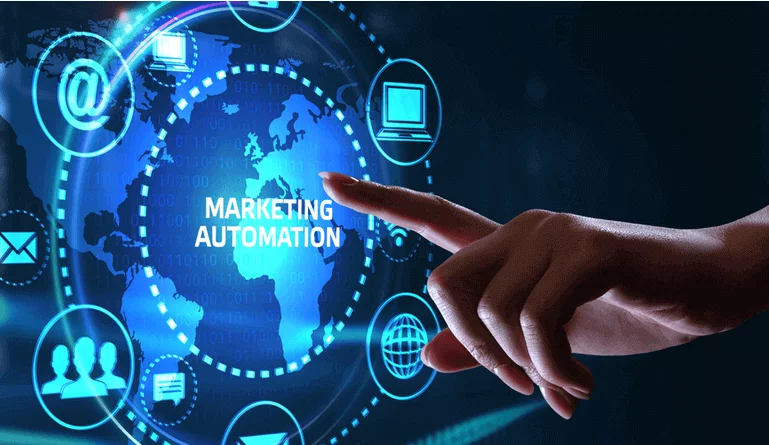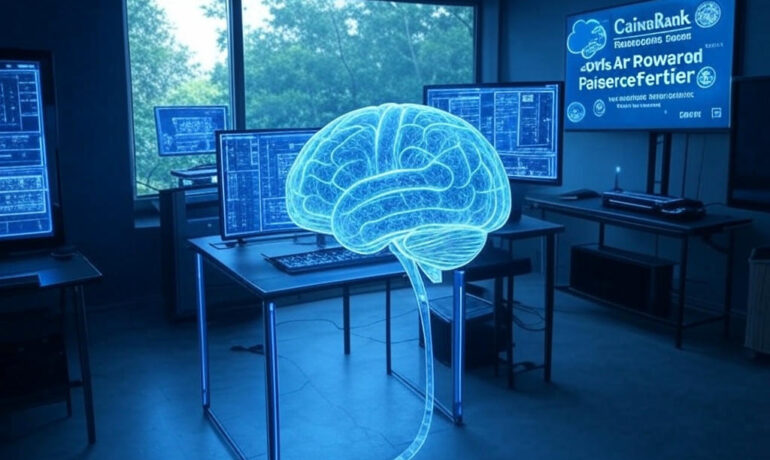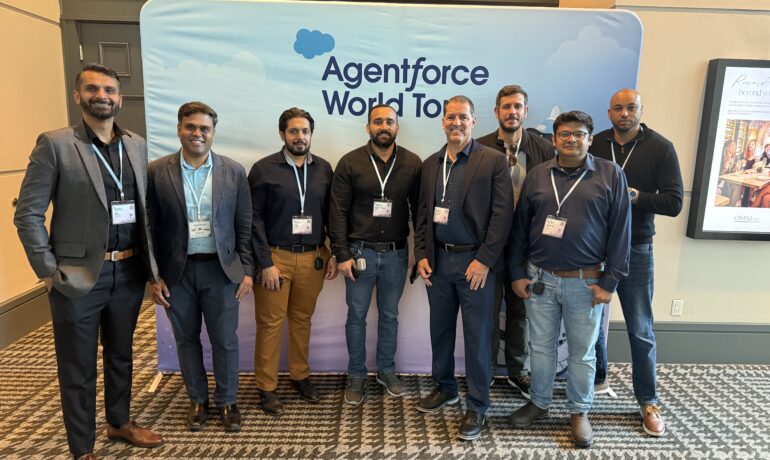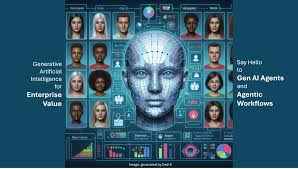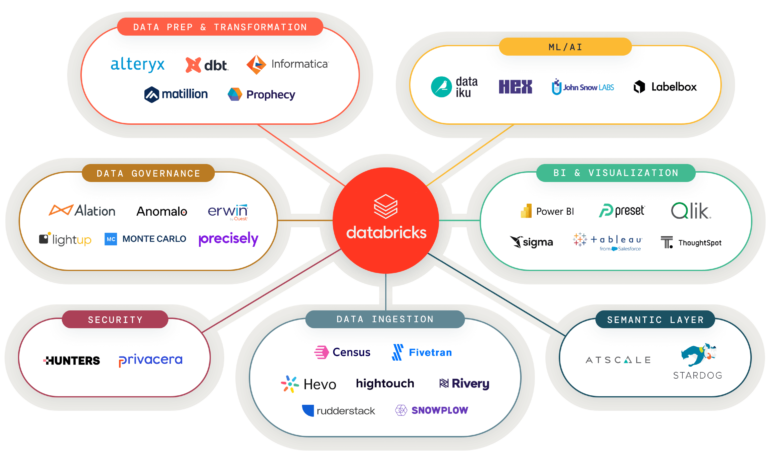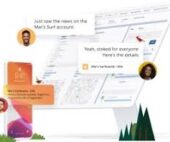AI in the Travel Industry
AI in Travel: How the Industry is Transforming with Intelligent Technology The travel sector has long been at the forefront of AI adoption, with airlines, hotels, and cruise lines leveraging advanced analytics for decades to optimize pricing and operations. Now, as artificial intelligence evolves—particularly with the rise of generative AI—the industry is entering a new era of smarter automation, hyper-personalization, and seamless customer experiences. “AI and generative AI have emerged as truly disruptive forces,” says Kartikey Kaushal, Senior Analyst at Everest Group. “They’re reshaping how travel businesses operate, compete, and serve customers.” According to Everest Group, AI adoption in travel is growing at 14-16% annually, driven by demand for efficiency and enhanced customer engagement. But as adoption accelerates, the industry must balance automation with the human touch that travelers still value. 10 Key AI Use Cases in Travel & Tourism 1. Dynamic Pricing Optimization Travel companies pioneered AI-driven dynamic pricing, adjusting fares based on demand, competitor rates, weather, and events. Now, AI takes it further with hyper-personalized pricing—tracking user behavior (like repeated searches) to offer tailored deals. 2. Customer Sentiment Analysis AI evaluates traveler emotions through voice tone, reviews, and social media, enabling real-time adjustments. Hotels and airlines use sentiment tracking to improve service before complaints escalate. 3. Automated Office Tasks Travel agencies use generative AI (like ChatGPT) to draft emails, marketing content, and customer onboarding materials, freeing staff for high-value interactions. 4. Self-Service & Customer Empowerment AI-powered chatbots, itinerary builders, and booking tools let travelers plan trips independently. Some even bring AI-generated plans to agents for refinement—blending automation with human expertise. 5. Operational Efficiency & Asset Management Airlines and cruise lines deploy AI for:✔ Predictive maintenance (reducing downtime)✔ Route optimization (cutting fuel costs)✔ Staff scheduling (improving productivity) 6. AI-Powered Summarization Booking platforms use generative AI to summarize hotel reviews, local attractions, and FAQs—delivering concise, personalized travel insights. 7. Frictionless Travel Experiences From contactless hotel check-ins to AI-driven real-time recommendations (restaurants, shows, transport), AI minimizes hassles and enhances convenience. 8. AI Agents for Problem-Solving Agentic AI autonomously resolves disruptions—like rebooking flights, rerouting luggage, and updating hotels—without human intervention. 9. Enhanced Personalization Without “Creepiness” AI tailors recommendations based on past behavior but must avoid overstepping. The challenge? “A customer segment of one”—balancing customization with privacy. 10. Risk & Compliance Management AI helps navigate data privacy laws (GDPR, CCPA) and detects fraud, but companies must assign clear accountability for AI-driven decisions. Challenges in AI Adoption for Travel The Future: AI + Human Collaboration The most successful travel companies will blend AI efficiency with human empathy, ensuring technology enhances—not replaces—the art of travel. “The goal isn’t full automation,” says McKinsey’s Alex Cosmas. “It’s using AI to make every journey smoother, smarter, and more personal.” As AI evolves, so will its role in travel—ushering in an era where smarter algorithms and human expertise work together to create unforgettable experiences. What’s Next? The journey has just begun. Like1 Related Posts Salesforce OEM AppExchange Expanding its reach beyond CRM, Salesforce.com has launched a new service called AppExchange OEM Edition, aimed at non-CRM service providers. Read more The Salesforce Story In Marc Benioff’s own words How did salesforce.com grow from a start up in a rented apartment into the world’s Read more Salesforce Jigsaw Salesforce.com, a prominent figure in cloud computing, has finalized a deal to acquire Jigsaw, a wiki-style business contact database, for Read more Service Cloud with AI-Driven Intelligence Salesforce Enhances Service Cloud with AI-Driven Intelligence Engine Data science and analytics are rapidly becoming standard features in enterprise applications, Read more





